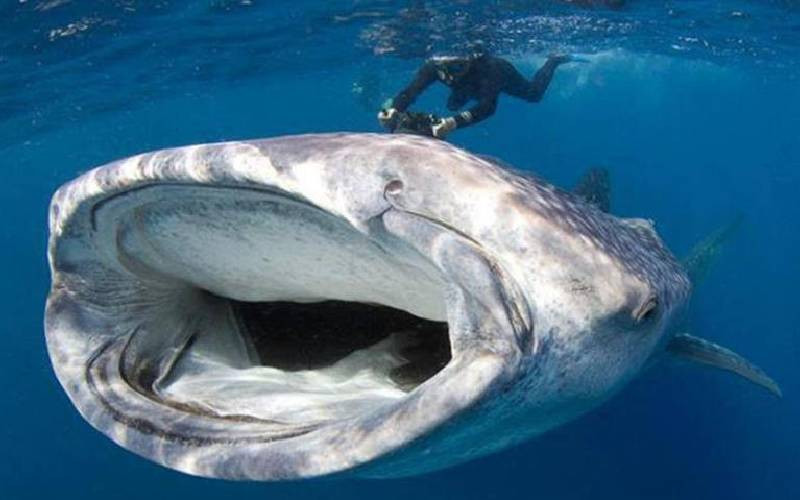×
The Standard e-Paper
Home To Bold Columnists

Researchers have developed uterine implants for sharks to help determine where and when they give birth.
Researchers say the technology, known as birth-alert-tag, would help establish effective conservation measures for the endangered species.